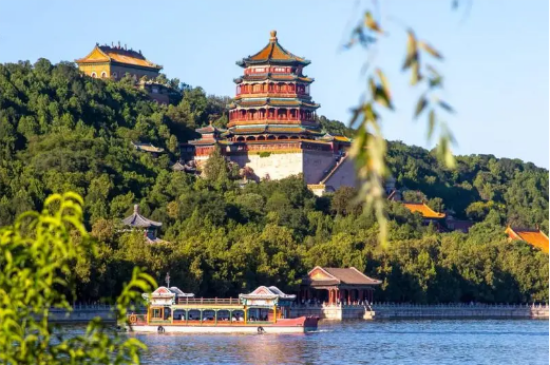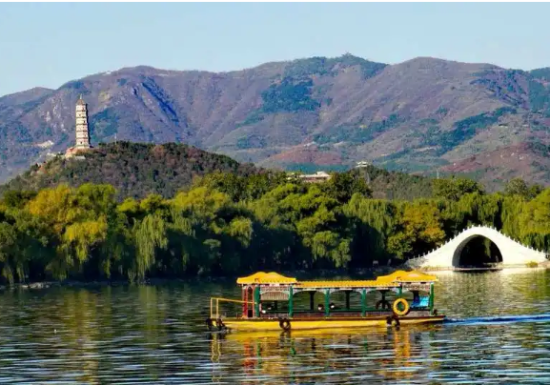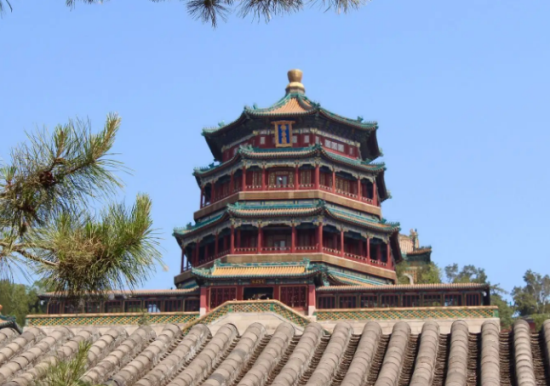- Call Us :+86 13663796880
- Email :nicole@sfrooftile.com
- Working hours :24 hours a day
- Language :Chinese
Nicole Zhang
+86 13663796880
+86-379-63262958
nicole@sfrooftile.com
The Summer Palace of China, a royal garden located in the northwest of Beijing, witnesses the rise and fall of the Qing Dynasty in China and also carries the profound historical and cultural heritage of the Chinese nation. It attracts countless tourists to explore the footprints of history and experience the charm of art with its unique architectural style and rich cultural connotations.
The Summer Palace was first built in 1750 and was originally named Qing Yuan. However, during the Anglo French invasion of China, this beautiful garden suffered serious damage. It was not until the Guangxu period that Empress Dowager Cixi ordered the reconstruction of the Summer Palace and renamed it as the Summer Palace, taking the meaning of "harmony and nurturing one's character". Nowadays, the Summer Palace we see is the result of multiple repairs and reconstructions.

Entering the Summer Palace, the first thing that catches the eye is the magnificent scenery of the front mountain and lake. The undulations on the southern slope of Wanshou Mountain and the sparkling waves of Kunming Lake complement each other, forming a natural painting. The front mountain is mainly built with the Paiyun Hall and Foxiang Pavilion, surrounded by numerous exquisite buildings on both sides. These buildings have both the grandeur of the north and the beautiful style of the south, reflecting the diversity of traditional Chinese architecture.
In the area behind the mountain and the lake, we can enjoy a different scenery. On the north slope of Wanshou Mountain and along the banks of Houxi River, there are thirteen architectural complexes and several individual buildings scattered. These buildings are mainly in the Han Tibetan style, integrating various architectural art elements. Among them, the most eye-catching is undoubtedly the Xumi Lingjing Buddhist Temple, which combines Chinese and Tibetan cultures. The architectural style of this temple is unique, full of mystery and solemnity.

In addition to its architectural style, the landscape design of the Summer Palace is also highly distinctive. The layout of the front mountain and lake is open, while the layout of the back mountain and lake is relatively compact. The bridges, pavilions, corridors and other architectural elements in the park are cleverly interwoven, forming beautiful landscape routes. At the same time, a large number of trees and flowers are planted in the garden, making the entire garden feel like spring all year round, with a constant fragrance of flowers.
The Summer Palace is not only a beautiful garden, but also a cultural treasure trove. It carries the long-standing historical and cultural traditions of the Chinese nation, reflecting the wisdom and talent of ancient craftsmen. In the Summer Palace, we can feel the ancient people's reverence for nature and love for life, as well as appreciate the vast and profound traditional Chinese culture.

The Summer Palace, with its unique architectural style and rich cultural connotations, has become one of the representative works of traditional Chinese garden art. It is not only a tourist destination for people to visit, but also an important place that carries the historical and cultural memory of the Chinese nation.